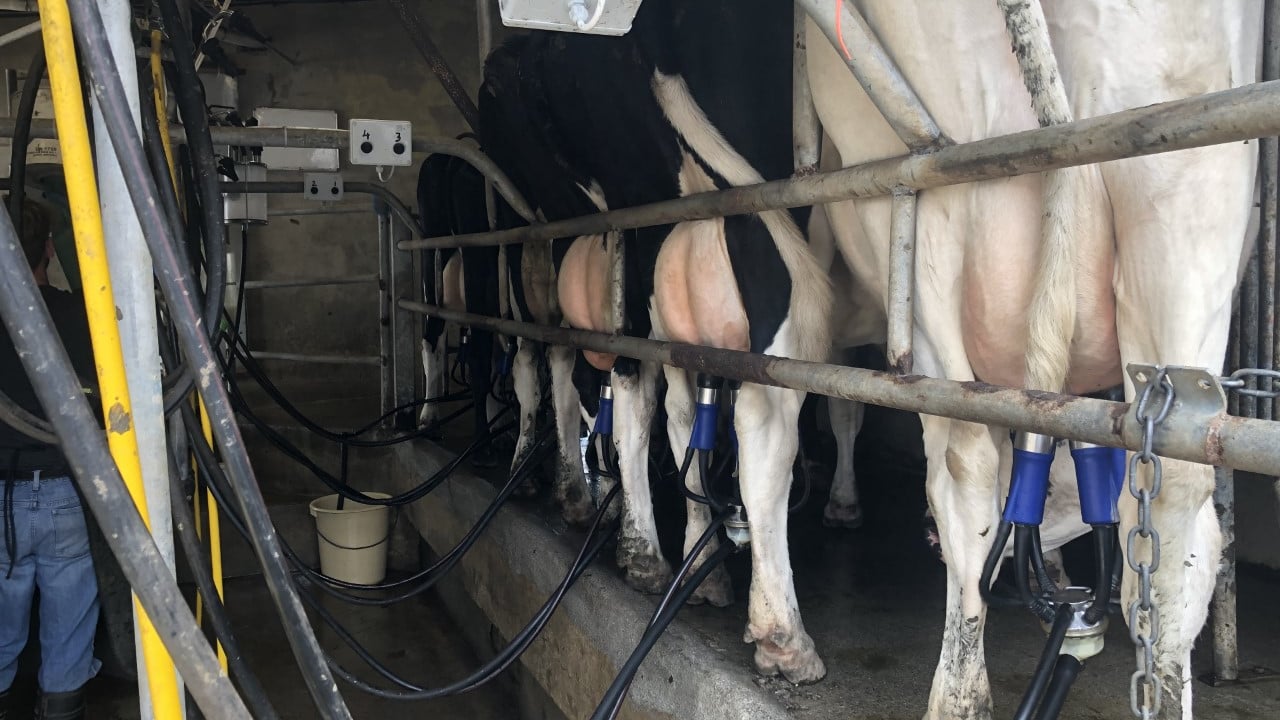Milk recording should be on the to-do list over the coming weeks
Covid-19 has disrupted pretty much everything you could think of – including farmers’ ability to get their cows milk recorded.
When the country was in full lockdown, milk recording, like so many other things, was called to a halt.
Generally, farmers would have gotten one milk recording done in around April; however, that wasn’t the case this year.
However, that shouldn’t be the last time it should be done for this year. In a normal year, ideally you would be looking at doing four milk recordings.
This year, taking into account the disruption Covid-19 has caused, farmers could fit in three milk recordings before dry-off.
For those that got their herd milk recorded earlier in the summer, then they should be looking at having another done now and another one before dry-off.
Earlier in the summer, Seamus Kearney of Teagasc spoke at a virtual dairy webinar and he noted that just under 50% of all dairy cows nationally are milk recorded, while just over 40% of all dairy herds milk record – which is quite low.
Advantages of milk recording
It is important that farmers start building a story of their herds somatic cell count (SCC) before the ban on blanket use of antibiotic at dry-off in 2022 comes into effect.
By milk recording, farmers will be able to build up a profile of their herds SCC, which will enable them to make better management decisions and possibly avoid culling the wrong cows and, instead, highlighting the under-performing cows – the ones costing them money.





